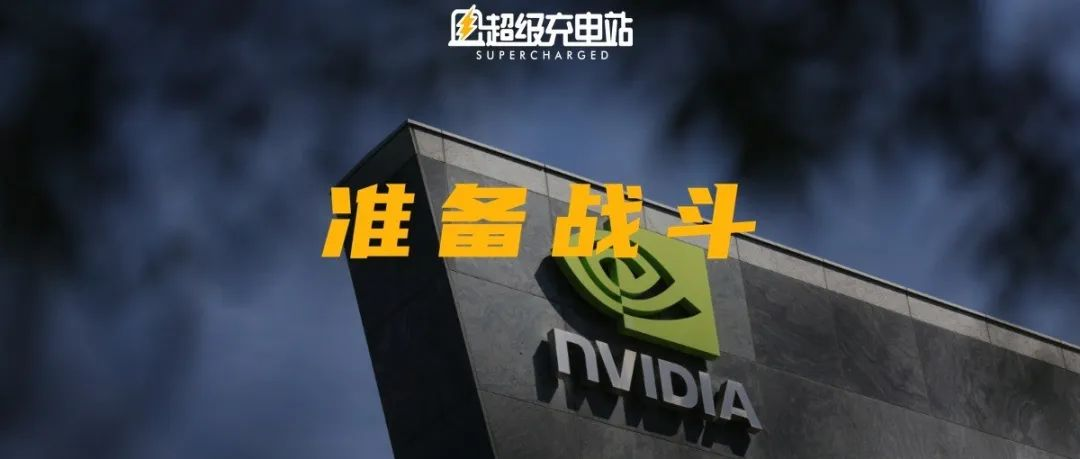Author: French Fries Fish
A new round of technology blockade from overseas has arrived, and this time, the target is aimed at autonomous driving.
Yesterday, the news of “US government restricting Nvidia and AMD from exporting high-performance server GPU chips to China” flooded the network. Although companies in the intelligent driving industry have not yet made a statement, the tense atmosphere can be felt from the reports of various media.
Until last night, a WeChat post from He XPeng brought a glimmer of hope in the tightened atmosphere.
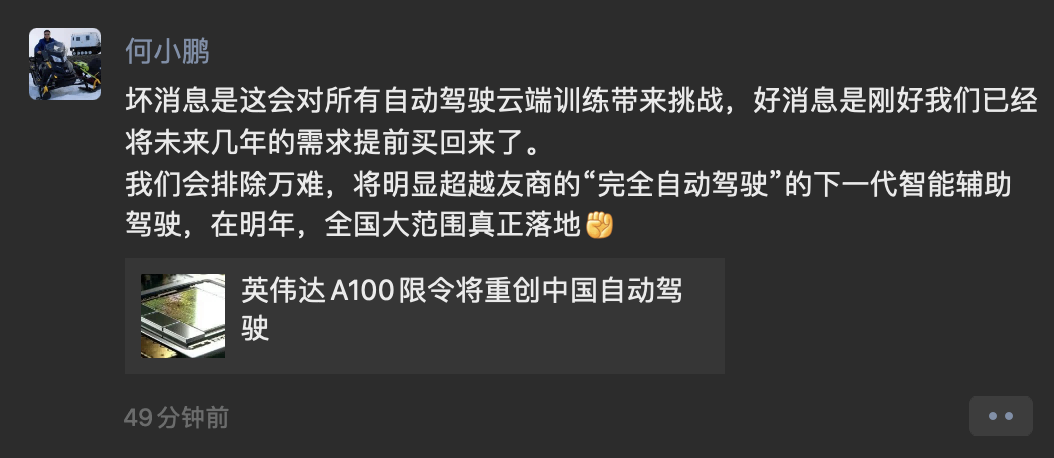
He XPeng stated that they had already purchased the chips they would need for the next few years in advance, and their “fully autonomous driving” which obviously surpasses their competitors will be truly realized on a national scale next year.
Where does He XPeng’s confidence come from? Let’s go back in time to a month ago.
The Confidence of He XPeng
On August 2nd, XPeng Motors officially announced that they, together with Alibaba Cloud, had built an autonomous driving intelligent computing center “Fuyao” for model training in Ulanqab, Inner Mongolia. It is currently the largest autonomous driving computing center in China.
“Fuyao”, built on Alibaba Cloud’s intelligent computing platform, has 60 billion billion floating-point operations per second (60 exaflops). You read it right and I didn’t write it wrong: “billion billion” times.
The reason for this large amount of computing power is precisely for the “next generation of intelligent auxiliary driving obviously surpassing their competitors” as mentioned by He XPeng.
From the demonstration of XPeng Motors’ automatic navigation assistance driving – CNGP, which was released earlier, it can be seen that within the test area, although there are some minor flaws in XPeng CNGP, it is already a stable and usable city navigation assistance system. According to He XPeng, he believes that it is too early to say that it can “surpass the old drivers”, and that “the city NGP should achieve the level of a medium driver”.
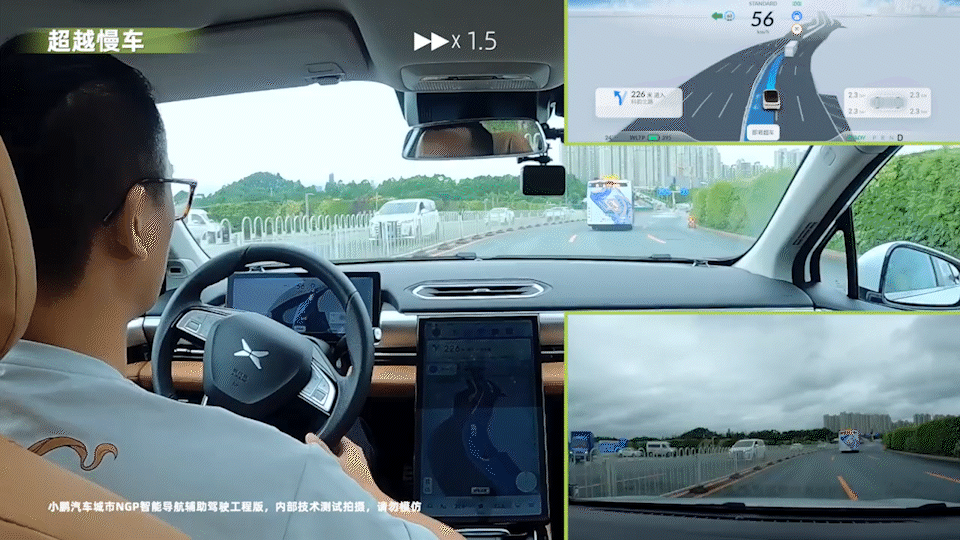
The driving speed in the city environment is generally lower, but low speed means high environmental complexity. Pedestrians, bicycles, motorcycles, cars that follow more unpredictable trajectories, etc… The Corner Cases in the urban environment will be hundreds of times more than those in a high-speed enclosed road.
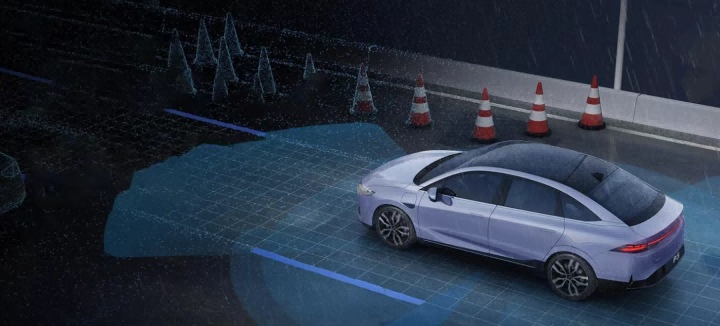 60 trillion calculations per second are required to deal with these complex scenarios, and “Fu Yao” has shortened the training time for XPeng’s autonomous driving core model from 7 days to within 1 hour, greatly increasing the speed by nearly 170 times. This is the foundation of XPeng’s confidence.
60 trillion calculations per second are required to deal with these complex scenarios, and “Fu Yao” has shortened the training time for XPeng’s autonomous driving core model from 7 days to within 1 hour, greatly increasing the speed by nearly 170 times. This is the foundation of XPeng’s confidence.
The Role of A100
The ban on sales applies specifically to chip models, such as Nvidia’s A100 chip, which is currently the most popular high-performance AI chip for cloud computing.
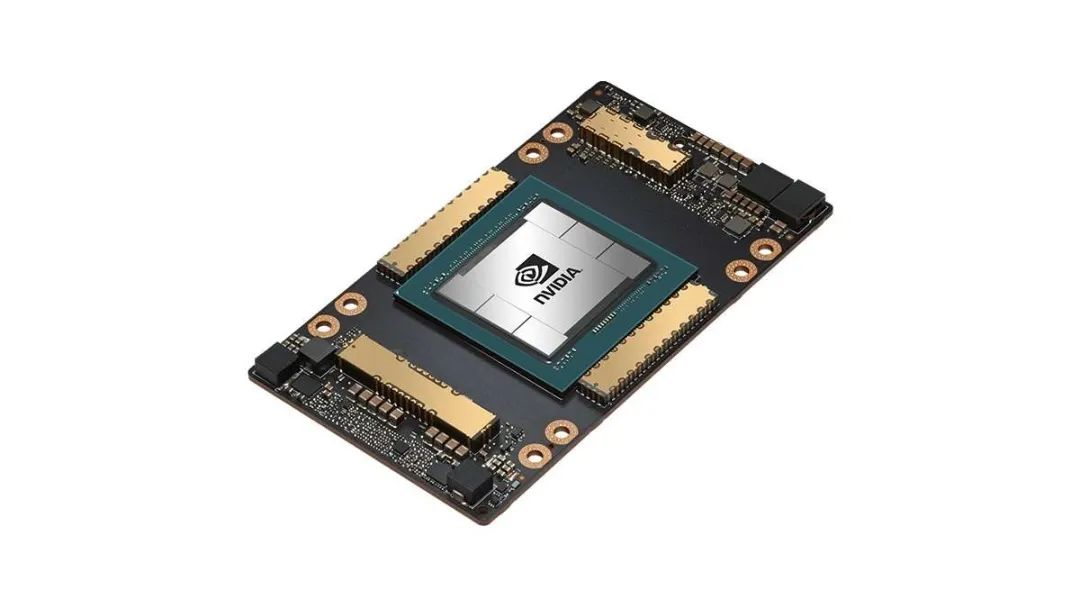
It is not the same as the graphics card we use on our computers every day, so the ban does not directly affect ordinary people, but it does affect companies that are developing autonomous driving technology.
Firstly, it’s important to note that many smart electric vehicles can achieve almost autonomous driving on highways because an AI algorithm runs on the car’s chip, collecting information from various sensors and making decisions and actions accordingly.
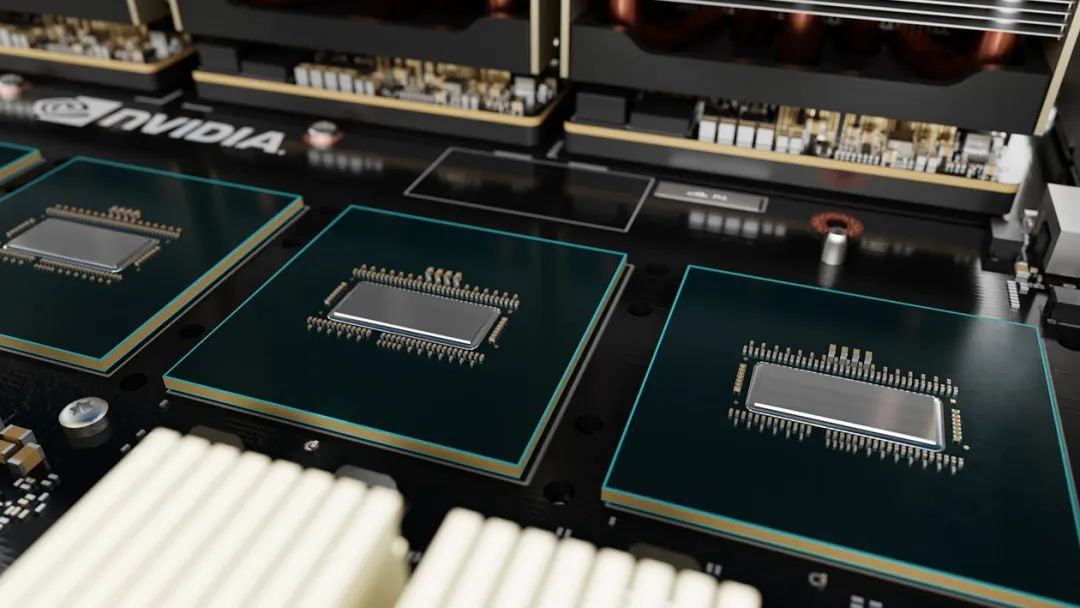
It is well-known that AI algorithms need to be trained. The onboard chip is just a carrier that supports the final AI algorithm. The training of the AI algorithm obviously needs to be completed on a larger server cluster with more computational power, such as a data center composed of Nvidia A100s.
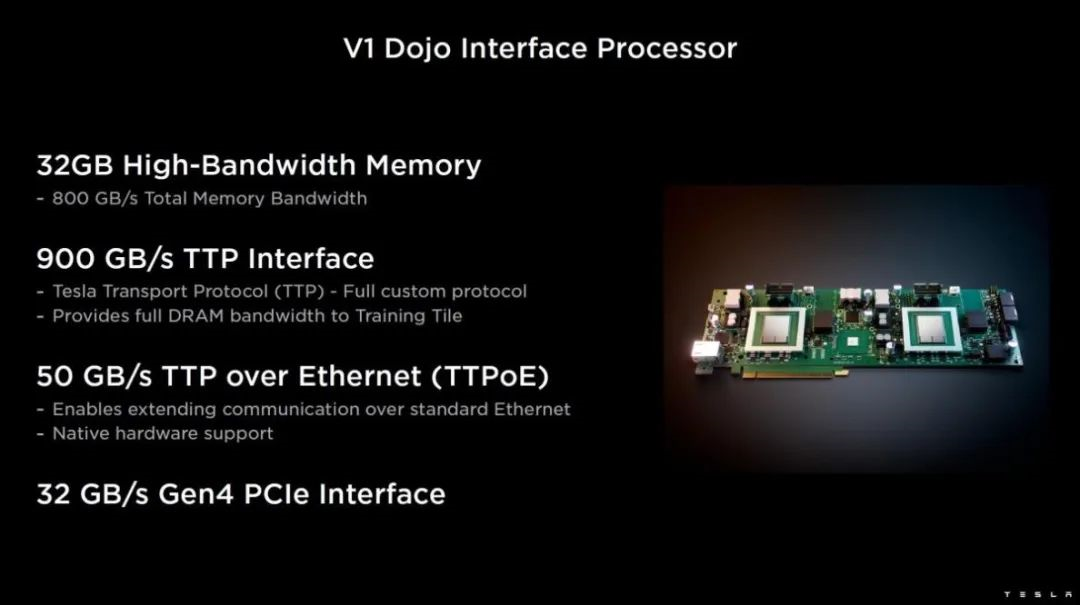
As intelligent driving technology continues to grow, the demand from various manufacturers for such data centers is increasing, and “Fu Yao” from XPeng is not an exception. As early as 2021, Tesla announced a cloud-based training cluster built with Nvidia A100. In August of the same year, Tesla officially announced the supercomputer Dojo at AI Day.
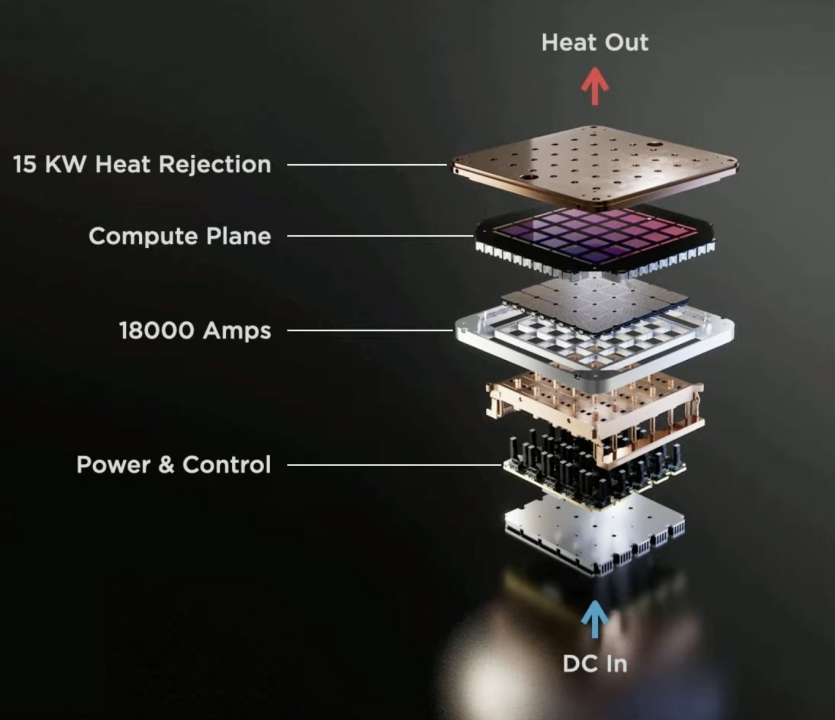
In China, known Nvidia A100 users other than XPeng include NIO and HoloMatic. At the end of 2021, NIO announced its collaboration with Nvidia and they will adopt A100 to build a supercomputer for AI model training.
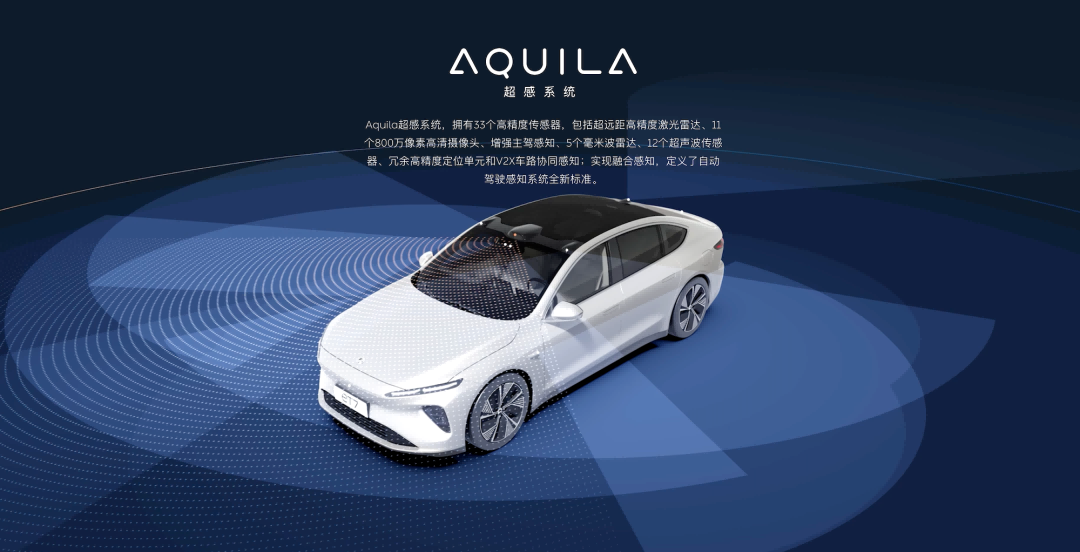 At roughly the same time, Momenta also unveiled their data intelligence system, Snow Lake, at their AI Day event. Just a few days ago, Wei Pai released the Mocha DHT-PHEV LIDAR version at the Chengdu Auto Show, claiming that it is the first domestically produced urban NOH system, which is powered by Snow Lake algorithms. It is believed that the successful implementation of Snow Lake has been instrumental in the development of this urban NOH system.
At roughly the same time, Momenta also unveiled their data intelligence system, Snow Lake, at their AI Day event. Just a few days ago, Wei Pai released the Mocha DHT-PHEV LIDAR version at the Chengdu Auto Show, claiming that it is the first domestically produced urban NOH system, which is powered by Snow Lake algorithms. It is believed that the successful implementation of Snow Lake has been instrumental in the development of this urban NOH system.
Looking globally, there are currently two hotspots for the development of intelligent driving – the United States on the east coast of the Pacific Ocean and China on the west coast. China was originally the ideal location for the development of intelligent driving technology, with its active new energy automobile policy, huge electric vehicle consumer market, and tolerant attitude towards intelligent driving technology.
However, the sudden blow from the United States has poured cold water on this thriving industry.
Once, Twice, Three Times, Four Times
One undeniable fact is that the United States has indeed taken control of global discourse in the high-performance chip field. We can build the application environment we need based on computing power, but the bottom line, high-performance chips, are generally purchased from the U.S.

Earlier this year, the concept of digital infrastructure was all the rage. It includes 5G networks, big data, data centers, artificial intelligence, the Internet of Things, and other basic infrastructure that supports our convenient networked lives today. Chips can be said to be the infrastructure of these digital infrastructures.
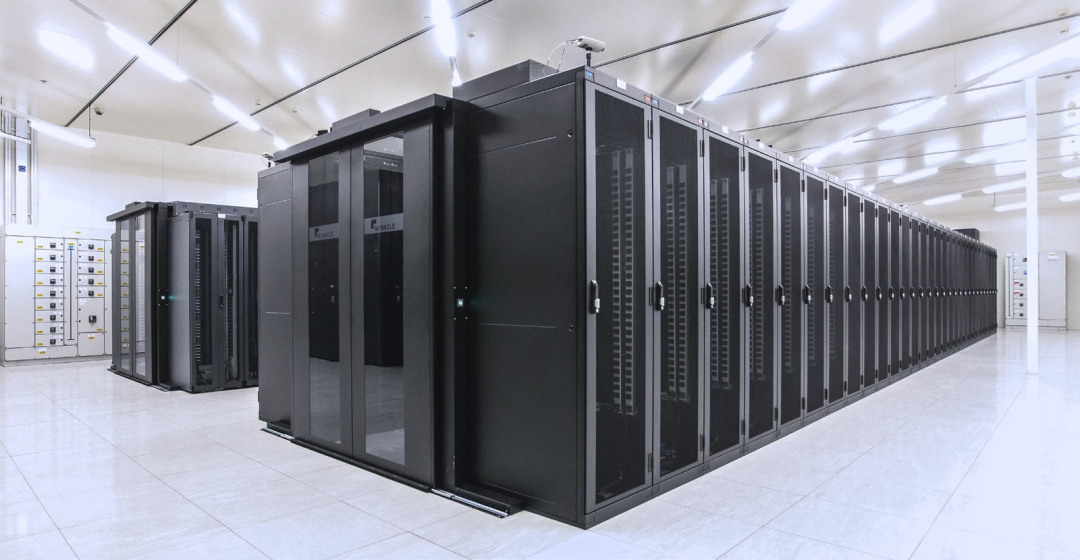
In fact, the sudden cut-off is not the first time that the U.S. has imposed sanctions on China.
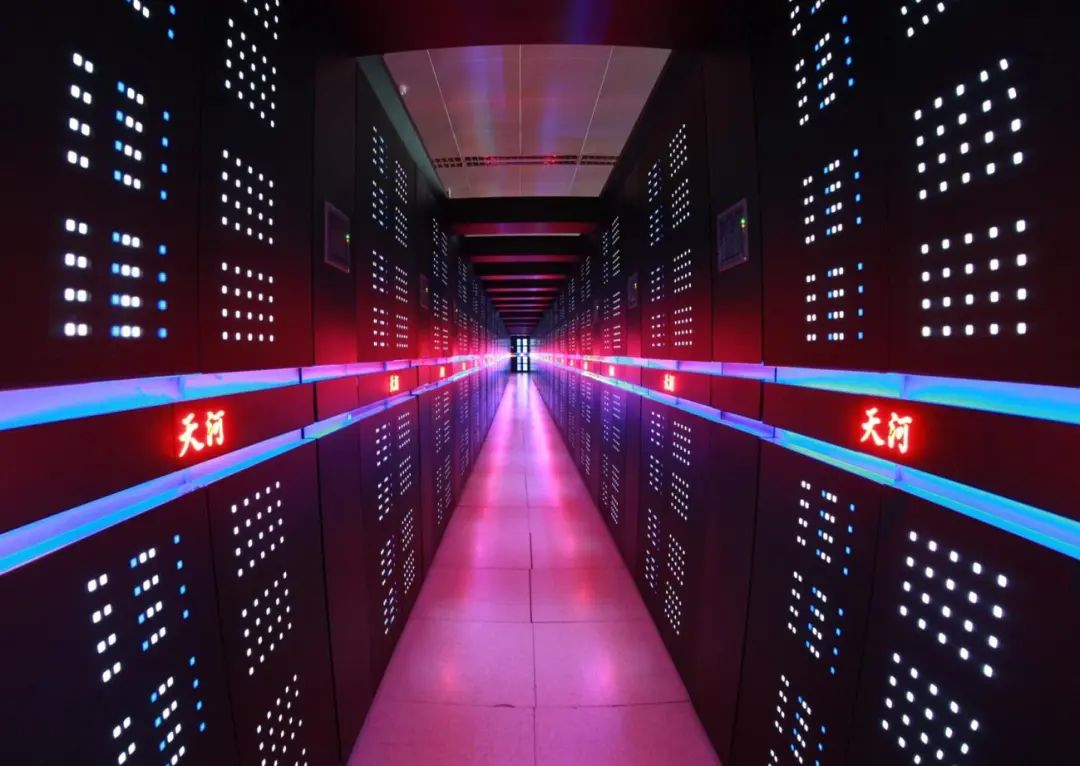
Back in 2015, the U.S. listed four Chinese institutions involved in the “Tianhe-2” supercomputer project on the “Entity List” and restricted the sale of high-tech products to them.
Four years later, Higuang, Zhongke Shuguang, and Wuxi Jiangnan Institute of Computing Technology were also added to the “Entity List”.
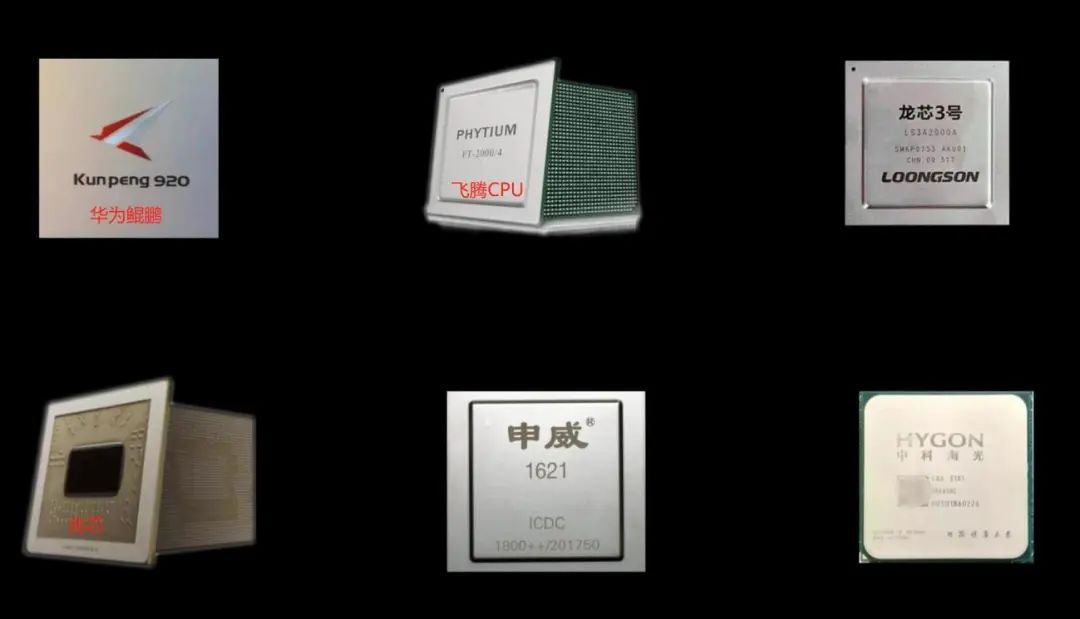
Last year, the list added seven more institutions, including Feiteng and Shengwei.Again, the US has cut off all the high-performance GPU supplies to China.
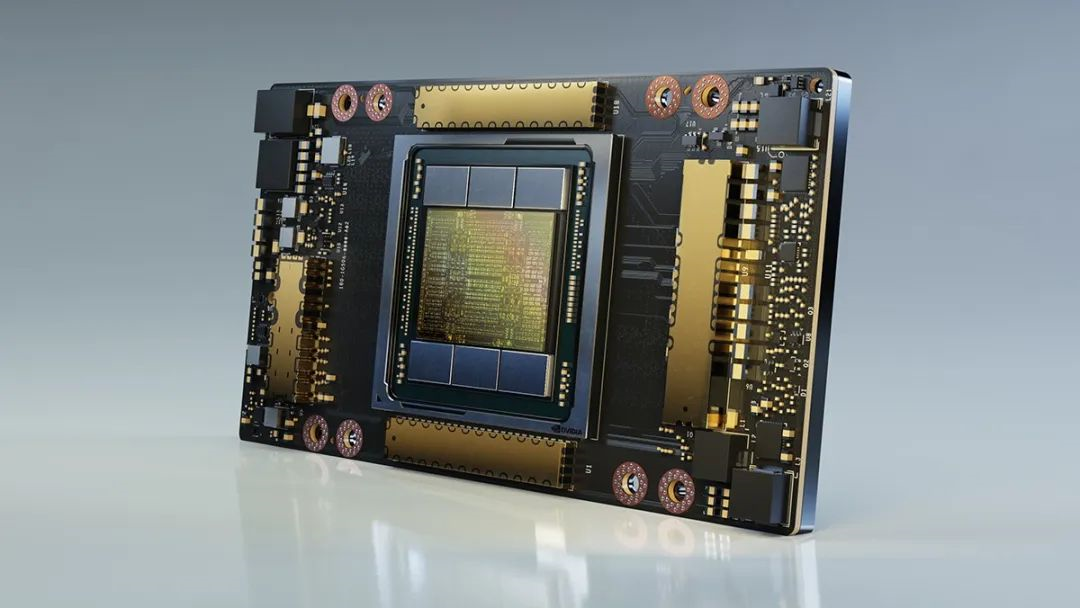
This time, the ban is not targeting a few specific chips but has set a threshold — in the future, all chips with peak performance and data throughput equal to or greater than A100 will be restricted.
Winter is coming.
“Coming” means it hasn’t arrived yet. Within an hour after He XPeng posted on his WeChat moments, Nvidia announced that they had obtained the US government’s authorization to continue exporting A100 to China’s customers before March next year and fulfilling A100 and H100 orders before September next year.
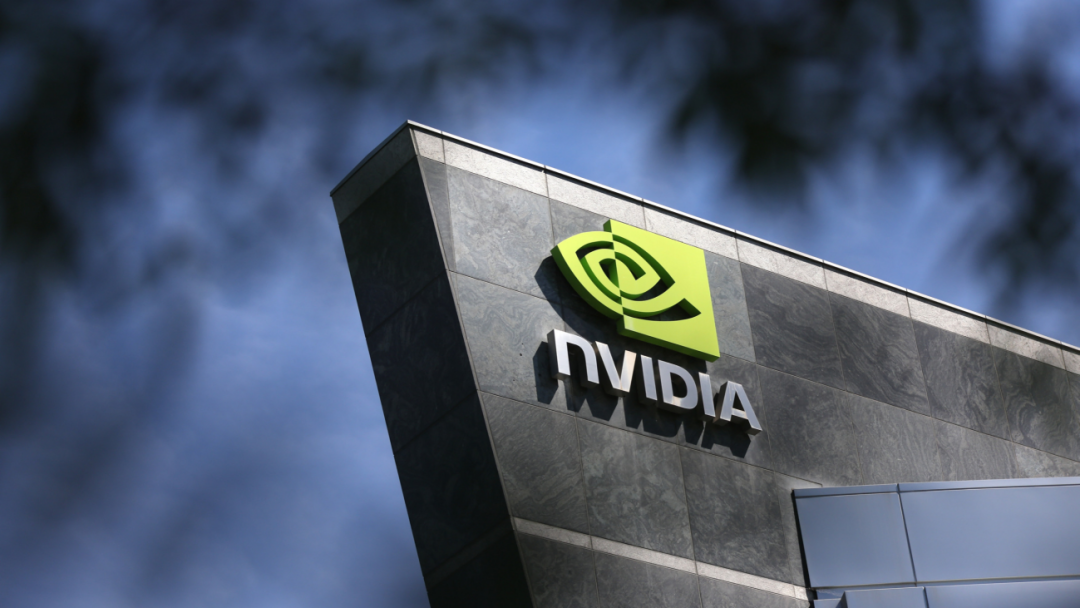
This is obviously the result of internal discussions within the US system. For Nvidia, China accounts for a large part of its high-performance chip customer base. The sudden halt has dealt a huge blow to them, as reflected in the sharp fall in their stock price.
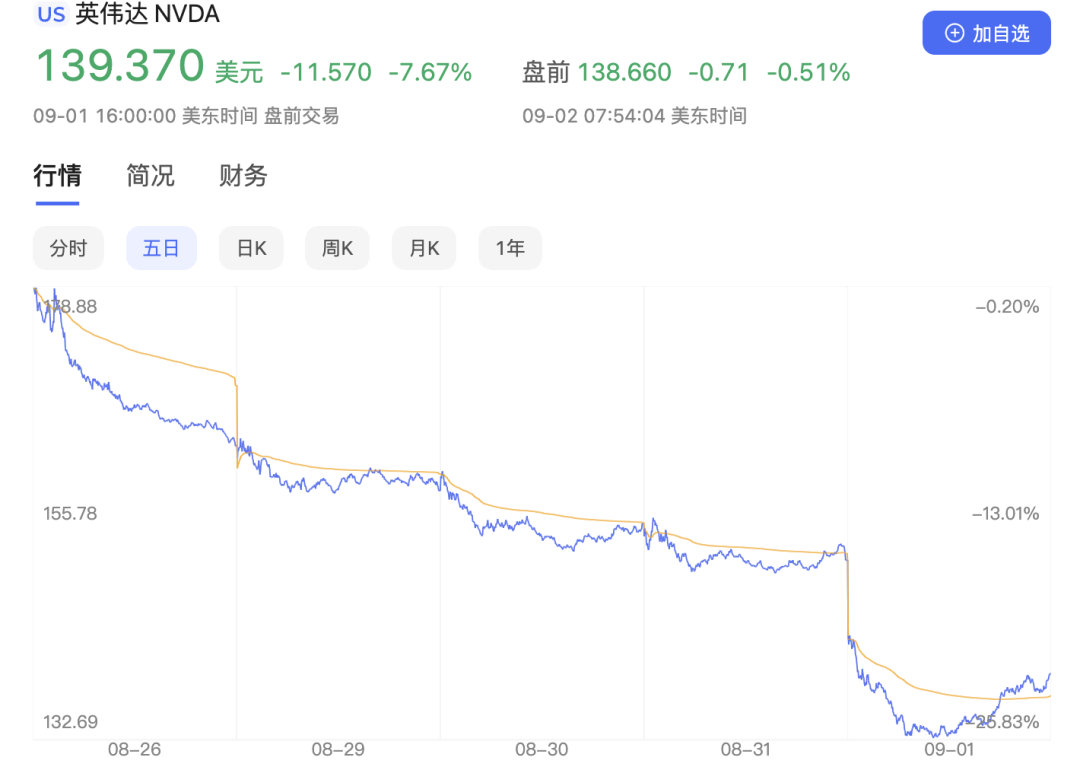
However, no matter what, this is a crucial time window for domestic autonomous driving companies to “stock up for winter.” On the one hand, we should take this opportunity to purchase more chips. On the other hand, it’s time to prepare for a second option as the trend has been set.
Although Nvidia CEO Huang Renxun mentioned in an internal email that he would “look for the best alternative to meet their needs,” Huawei’s painful experience of only being able to release 4G flagship phones in 2022 due to similar restrictions serves as a warning. Only Huawei understands the situation best.
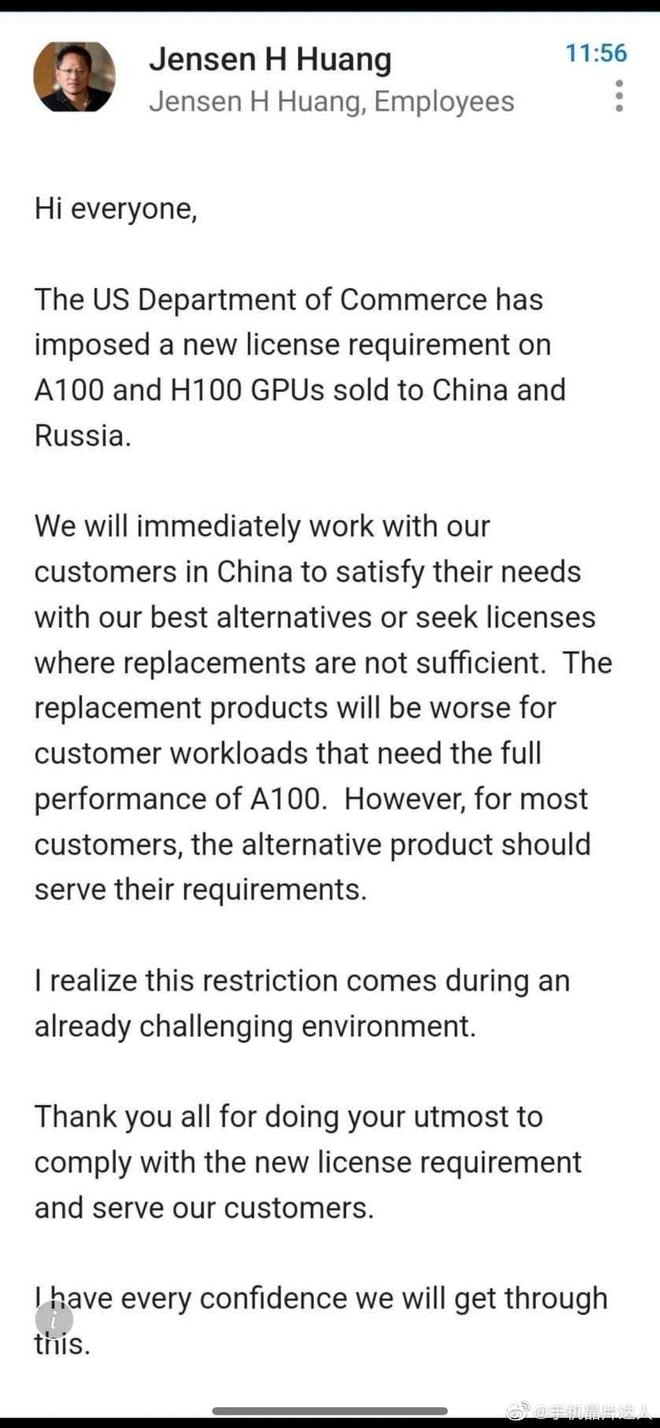
However, Huawei’s tenacious resistance has set an example for other companies and institutions that are facing similar treatment in various industries. There will be pain and it could be bone-deep and last for a long time. However, faced with the harsh reality, giving up fantasies is the bottom line, while rising up in resistance is the way forward.
It has been three years since Huawei was first sanctioned by the US, and it is still standing here today.
Who will be the next Huawei in the autonomous driving industry?
This article is a translation by ChatGPT of a Chinese report from 42HOW. If you have any questions about it, please email bd@42how.com.
